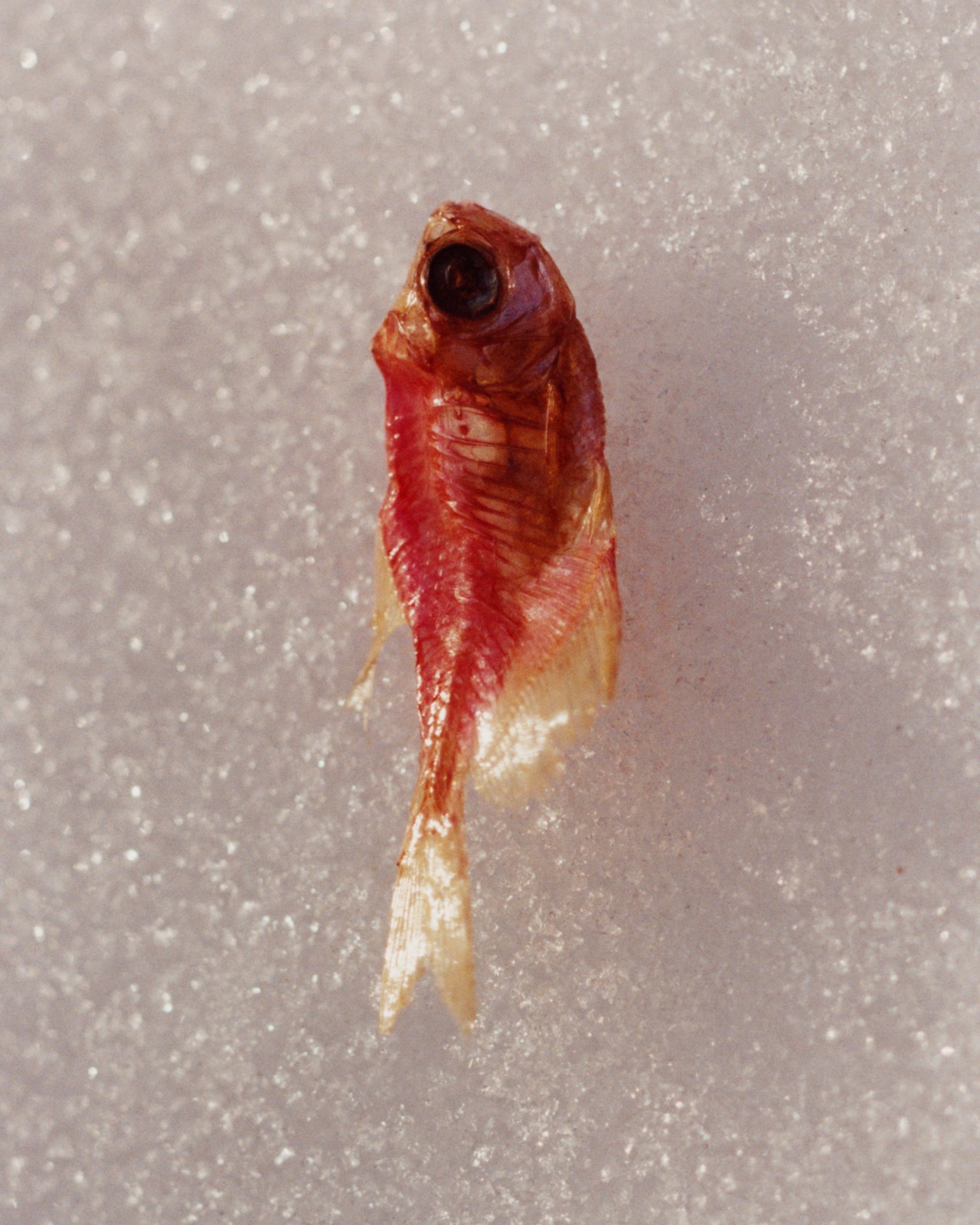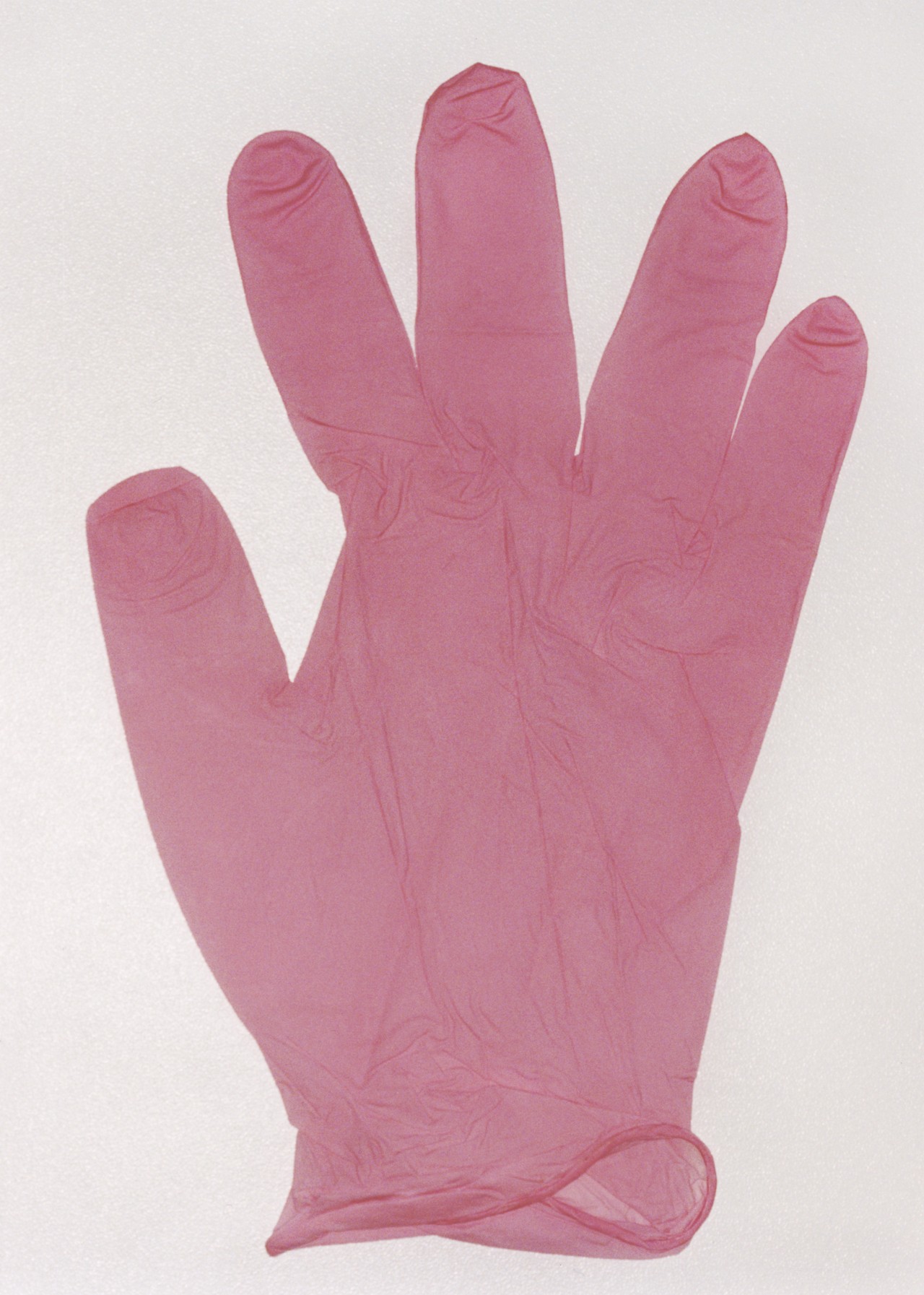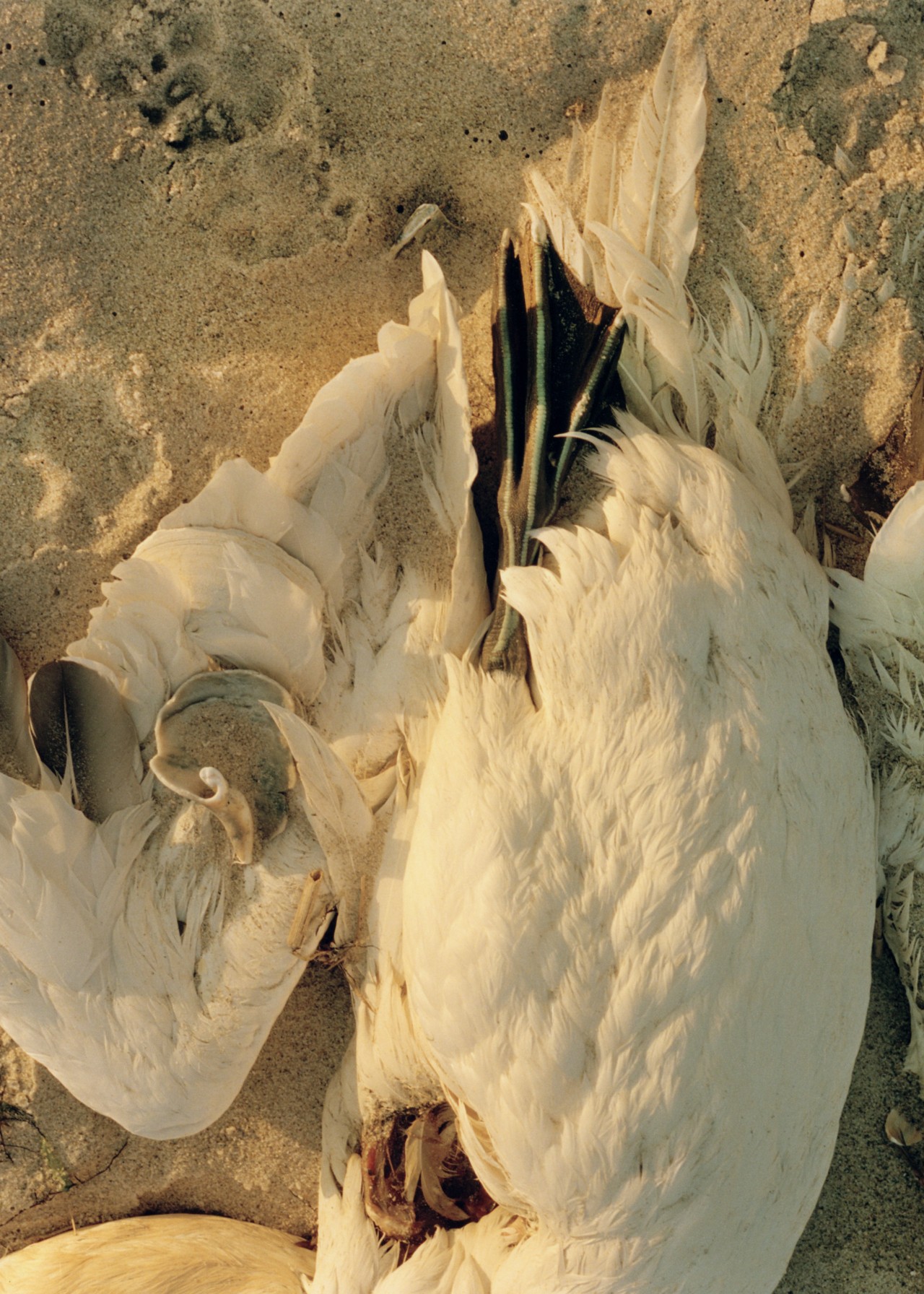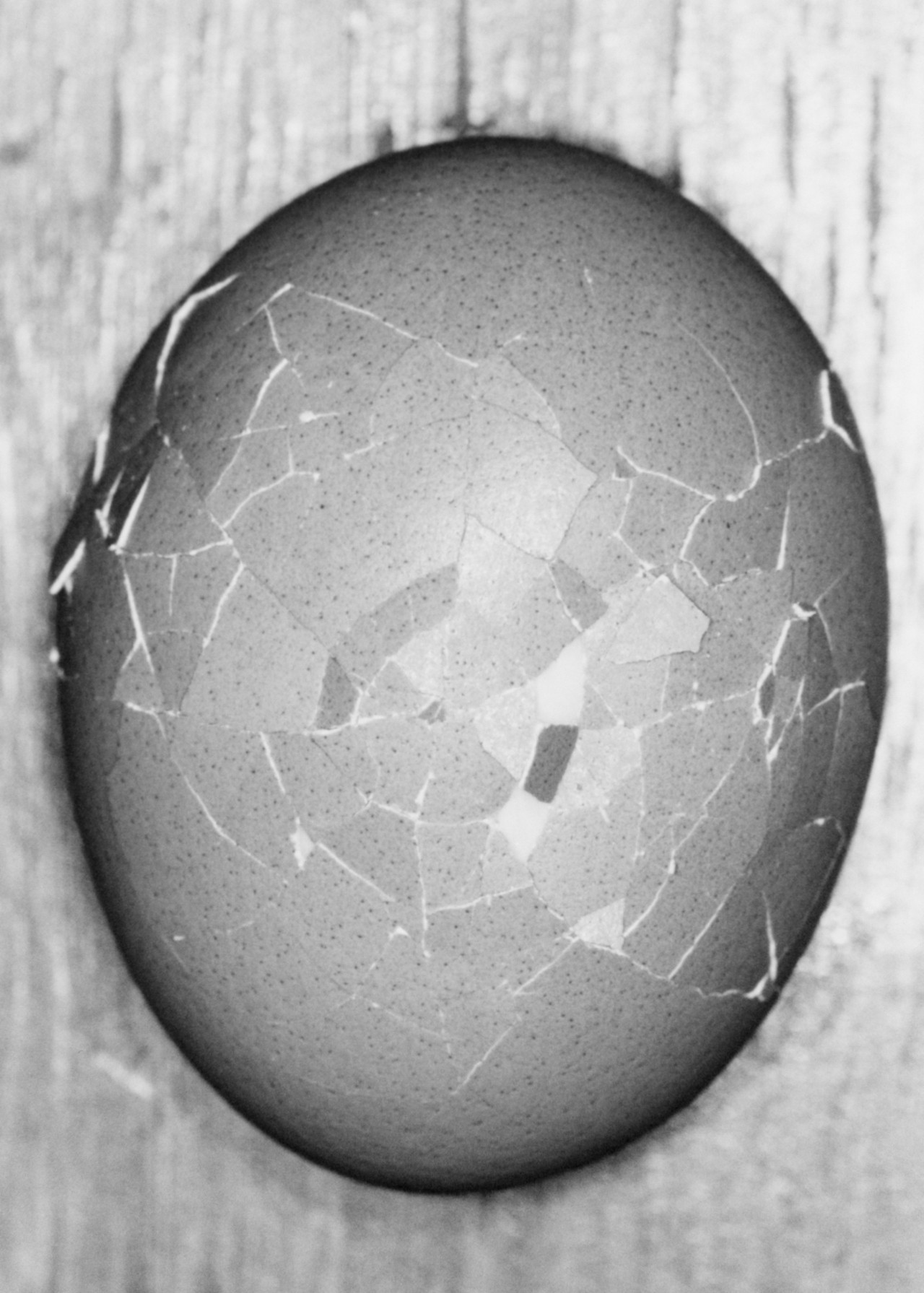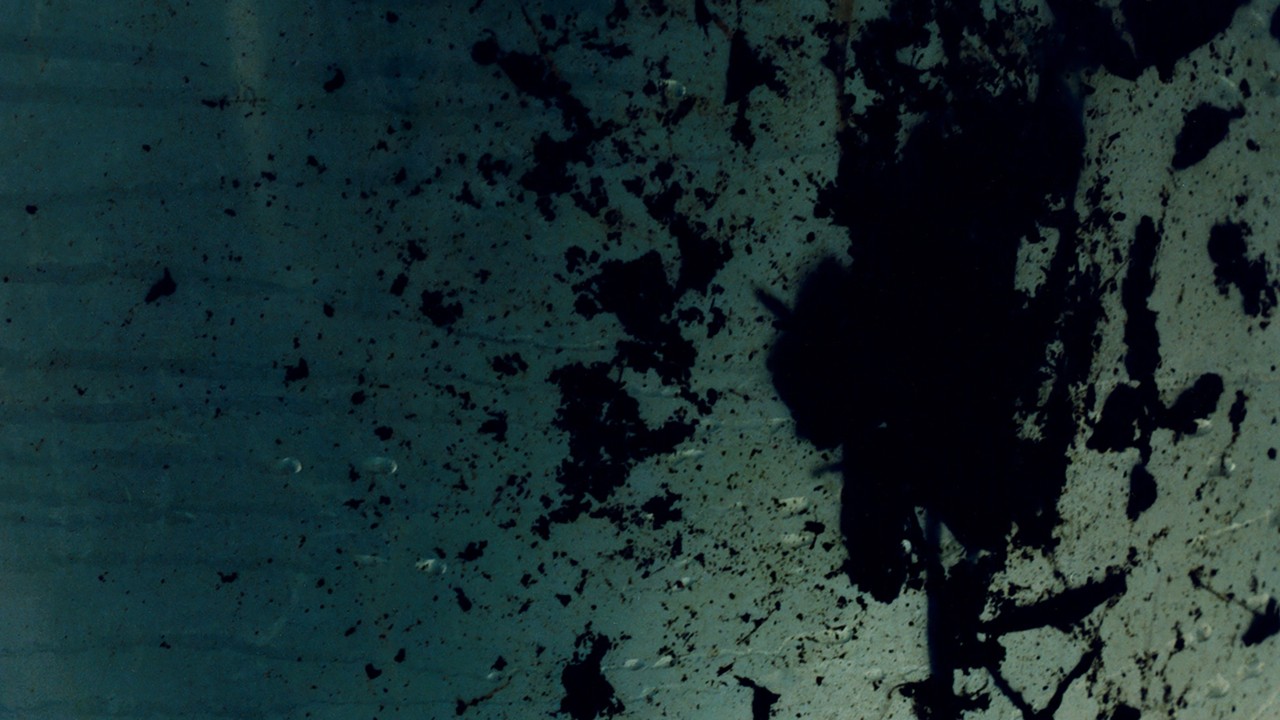
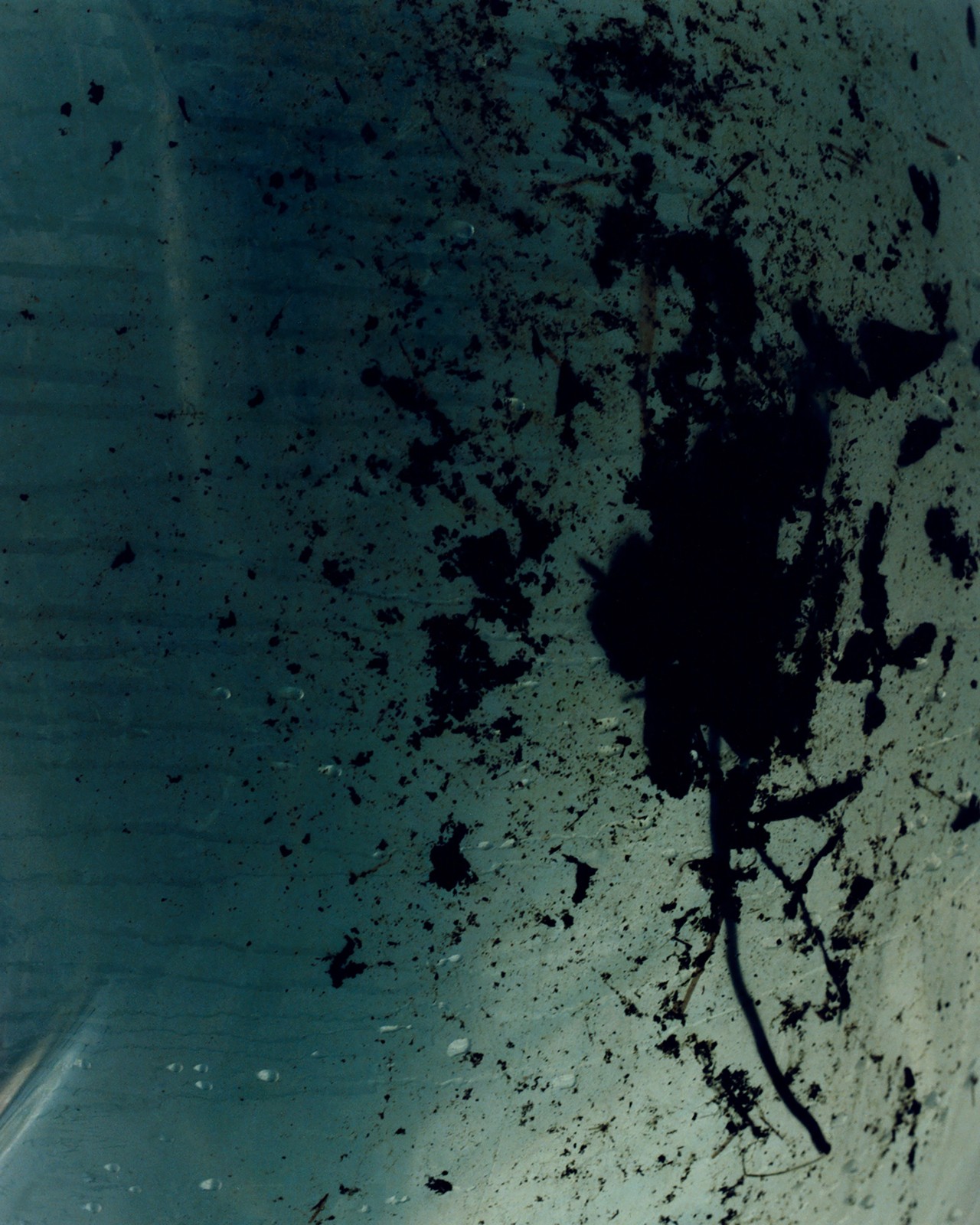
Words by Jason P. Dinh
Photographs by Hailey Heaton
Carbon is a paradox. It’s the element of life, an essential building block of every living entity on Earth. But as carbon dioxide (CO2), methane (CH4), chlorofluorocarbons, and other greenhouse gases heat the planet, “carbon pollution” is being scorned as the cause of climate change—the modern element of death. In his new book, Carbon: The Book of Life, author Paul Hawken argues that the best way to counteract the element’s deadly effects is to reconnect with its life-giving properties.
“We have reduced carbon to an errant element, the culprit in a civilization bent on self-termination. The crises of a warming planet, rampant injustice, and collapsing biodiversity form a whole,” Hawken writes. But “the flow of carbon provides better stories, other ways to see, visions of possibility different from the disjointed and chaotic narratives that engulf us.”
Wielding his signature poetic style, Hawken takes readers on a cosmic journey from the perspective of Earth’s most misunderstood element—through galaxies and deep time, into the soil and the jungles, and across the tree of life. He paints a mesmerizing image of the planet, positioning the flow of carbon within and between our bodies as the thread that binds humanity to the rest of nature.
Today, however, Hawken argues that that thread has been severed by extractive industries and economies. We’ve broken carbon’s natural flow—and the only way to solve the climate crisis, the biodiversity crisis, and the countless social justice crises we face is to restore it to what it once was.
Carbon is a deeply hopeful book. Hawken truly believes that we can and will create a future that is more intimately connected with the natural world. It’s also a perspective-shifting book. It reminds us that climate change is a symptom of a broken relationship—with the planet, its denizens, and, yes, its carbon. The only way to heal is to once again see them not as commodities, but as kin.
As he prepared for his book launch, Hawken spoke with Atmos about what that alternative future could look like.


Jason P. Dinh
What was your motivation for writing this book?
Paul Hawken
I see the conversation around climate and biodiversity as being put forth by very sincere people, but the conversation mimics the problem. That is, it’s about duality. It’s about tackling, combating, and fixing the climate. I wanted to open up the parlance and the way of seeing the world in such a way that it created connectivity as opposed to separation.
The climate and biodiversity problems we face are caused by human beings seeing themselves as distinct, separate, and other from the living world. Rather than wag my finger, I wanted to explore the living world—how it came about—and to try to address what has been called the “carbon tunnel syndrome,” which is the proposition that if we can just get carbon out of the emissions and out of the atmosphere to a certain degree, then we get a hall pass to the next century. What that overlooks is that carbon is not a single thing. Of course, they’re talking about greenhouse gases—carbon dioxide and so forth—but what I am trying to get to is that the flow of carbon is the basis of life. I want to expand the horizons for people to think about carbon, so that they connect with their planet and to the world we live in.


Jason
A lot of the climate world today speaks about carbon as a pollutant, rather than taking the more holistic view of it as the element that animates life. What is the harm caused by this framing of carbon?
Paul
The problem is that the focus on carbon occludes the cause of climate change. The cause isn’t carbon dioxide—even though we understand that CO2 is a greenhouse gas. It’s human beings. The causes are the relationships we have with each other and with the living world, and the 500-year history of colonial extraction.
Jason
One of the interesting factoids you point out in your book that illustrates this modern misconception of carbon is that the word carbon comes from an Indo-European word that eventually became the Latin word for coal. That makes sense given that carbon was named in 1788, in the midst of the Industrial Revolution. If you had the opportunity to rename carbon in a more holistic light, what would you name it?
Paul
Carbon’s existence, scientifically speaking, is almost incalculably impossible. If you’re a religious person or mystical person, you have to think, “Well, it’s a miracle that it exists, and that we exist, and that all the things that do exist are based on this amazing atomic particle.” If I renamed it, it would be something like vita, the Latin word for life.

Jason
One throughline in your book is that human society needs to be realigned with the natural flow of carbon. Could you provide an example of what you mean by that?
Paul
The most obvious one is agriculture. In Europe, they invented the Haber-Bosch process to produce ammonia. This was sort of a miracle. You could suddenly top-dress soil that was clearly bedraggled and not very fertile, and all of a sudden, you’ve got green plants shooting up. It seemed like a way to guarantee food supply. But these fertilizers also kill the soil.
Jason
How do you think about the technologies we’ll need for the energy transition, like solar panels or wind turbines, in the context of being aligned with the flow of carbon?
Paul
For every solution, we have to ask ourselves: Are we creating more life or taking it? If we’re removing life from the planet, then we’re on a path to destruction and loss. That’s why you have the practice and science of regenerative agriculture, for example. We need food, no question, but how can we do it in a way that creates more life in the soil, healthier plants, more insects, and more pollinators, not less?


Jason
In addition to physical changes to Earth, you also implicate several sociopolitical factors in disrupting the flow of carbon—for example, wealth concentration, financial hegemony, and political corruption. Could you explain that?
Paul
They’re the kingpins of extraction. Extraction is where their money comes from, and then it’s concentrated in the hands of the few. What do they do with that money? They invest it to fund more extraction, because that is how capital is generated. It’s a vicious loop.

“The climate and biodiversity problems we face are caused by human beings seeing themselves as distinct, separate, and other from the living world.”
Jason
One idea from the book that I found quite interesting was the notion of atomism—this principle that we can understand the world by studying the smallest parts: the atoms, elements, cells, and particles. But by doing so, we miss what you call the song of nature—the symphony that connects all life on the planet. How would you reframe the discussion about the biodiversity crisis in a way that is more in tune with the symphony of nature?
Paul
Underneath all that is the same problem that we see in climate, which is the othering. We’re using language and phrases that are jargonistic, that don’t mean anything to most people. With all due respect to COP16 in Cali, Colombia, and COP29 in Baku, Azerbaijan, these conferences are riddled with language, terms, and phrases that are so reductionist—it leaves people cold.
The science of the West has filtered down into all these ideas, concepts, and phrases that separate rather than connect, and the malaise of the 21st century is a massive disconnect of human beings from the planet where they live and from each other. We’re creating a world of misunderstanding. We just don’t know where we live, and we don’t know how beautiful, how complex, how extraordinary it is, because we teach nature and climate in a way that abstracts them.


Jason
In your closing chapter, you write, “Fundamental human rights and needs must be met. Everyone on Earth comes first; there is no second.” It feels like you are addressing a critique that people might have when they hear you speak about reconfiguring society. That is: Our population is booming, and we’re going to have to provide more and more people with food, housing, and energy.
And in a complicated and short-sighted way, extraction did create abundance. For example, I was talking to a Yale historian, Sunil Amrith, a few months ago, and he was saying how fossil fuels were, in the short-term, a liberatory force, in the sense that they granted many people better access to food, medicine, climate control, et cetera. You can see that effect when you look at how life expectancies skyrocketed when countries industrialized in the nineteenth century. When you think about reconfiguring the economy to be less extractive and more in line with the flow of carbon, how can you do it without sacrificing basic human needs?
Paul
That presumes that human rights are here right now, and they’re not. Five billion people wake up every day with existential threats. Every morning they wake up, it’s about food, security, safety, education, clothing, warmth, health. The idea that somehow we are in a system that is actually serving human needs is bullshit. We are not. Look, I’m not denying there are things that are better. I’m just questioning the idea that if we go along the path that has taken us to this point, it’s going to be fair or kind. It is not.
To me, the onus of the question is the other way around. People must explain to me how human needs are going to be met by a civilization that’s destroying the planet. We know that they won’t. And yet, somehow people are still saying, “Well, don’t fiddle with the dials, because this is the best of all possible worlds.” That assumption to me is deeply, deeply flawed.
What I’m suggesting actually opens up possibilities. The world we live in now is benefiting tyrants and super-rich people, but the vast majority of humans on the planet right now are struggling. The last chapter asks, “Can we look at this with new eyes? Can we stop, pivot, and ask, what does it look like another way, where we actually regenerate the world? How would we do that and not repeat the mistakes of the extraction economy?” I’m not trying to demonize the Western world or the current economic juggernaut that we call world GDP, so much as I’m saying, “Really? Is this actually working for you? Because I don’t think it is.”


Jason
What is the biggest thing that you want readers to take away from this book?
Paul
I’m just trying to point out that there’s another way to understand and see the world that is not dualistic. I’m trying to open up the curtain to show that it’s an extraordinary, miraculous world.
I’m trying to create something where people discover what they know in their hearts. That’s why I say in the book that if you’re feeling grief at what you see, read, and hear, that’s a good thing—because that is the basis for love. You can’t have grief if you don’t have love. And love is not used very much in any of these conversations. Hopefully, the delight, amazement, and splendor of the living world reconnect readers back to that part of us—to what we love. Returning to that value is not about deprivation—it’s about a better life.


Editor’s note: This interview has been edited for length and clarity.
This story will also appear in Atmos’ forthcoming Spring 2025 magazine issue.
Why It’s Time the Climate Movement Repaired Its Relationship With Carbon

